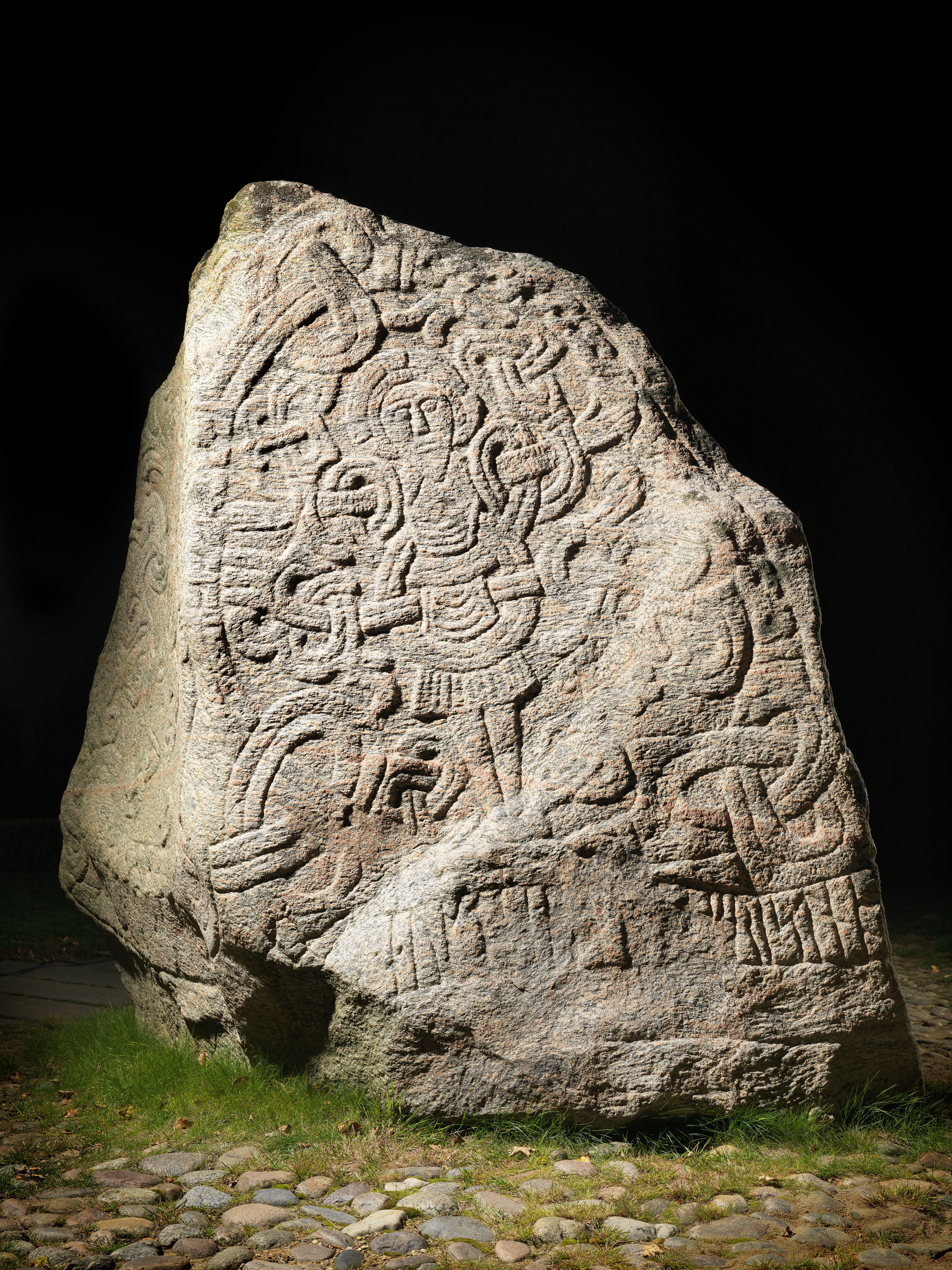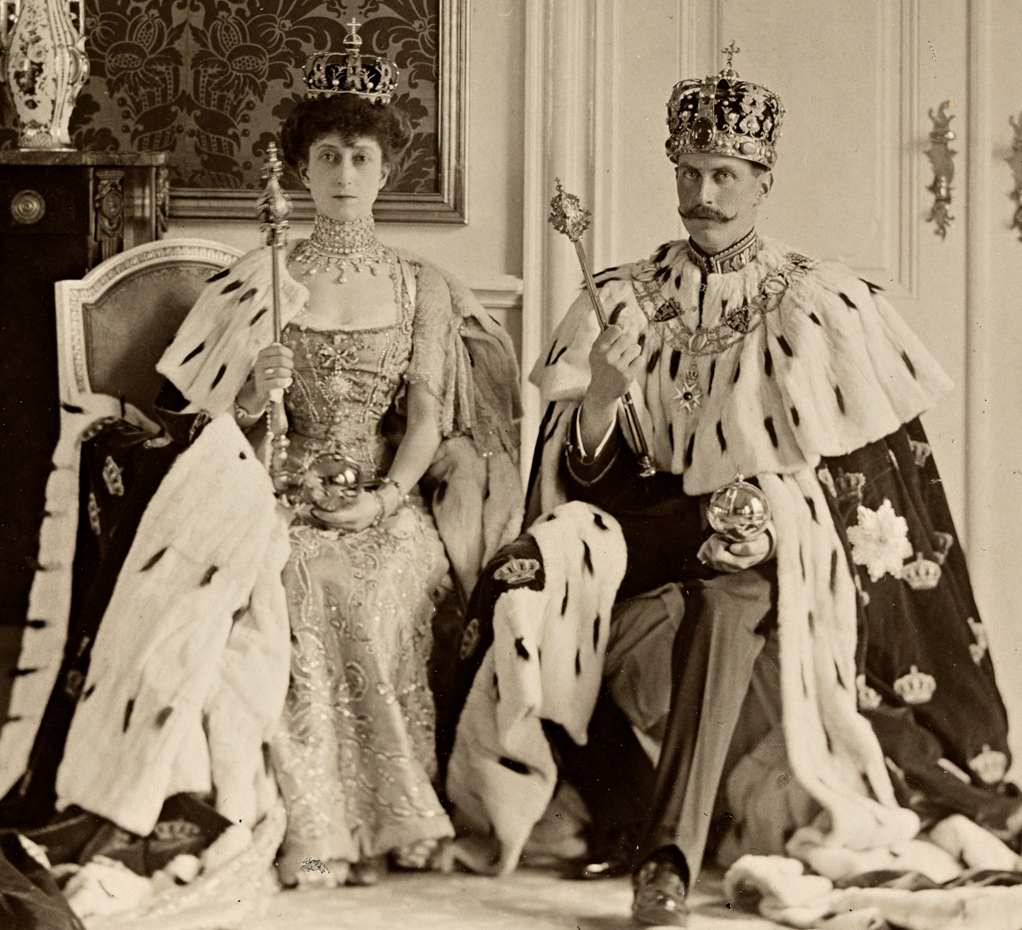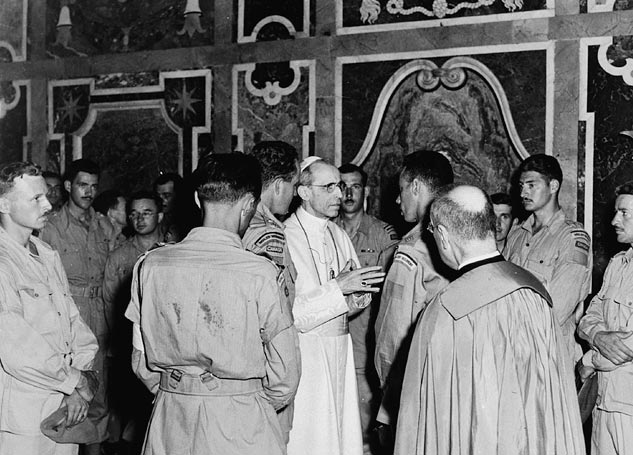|
Frederick I, King Of Denmark
Frederick I ( Danish and ; ; ; 7 October 1471 – 10 April 1533) was King of Denmark and Norway. He was the last Catholic monarch to reign over Denmark and Norway, when subsequent monarchs embraced Lutheranism after the Protestant Reformation. As king of Norway, Frederick is most remarkable in never having visited the country and was never crowned as such. Therefore, he was styled ''King of Denmark, the Vends and the Goths, elected King of Norway''. Frederick's reign began the enduring tradition of calling kings of Denmark alternately by the names Christian and Frederick. Background Frederick was the younger son of the first Oldenburg King Christian I of Denmark, Norway and Sweden (1426–81) and of Dorothea of Brandenburg (1430–95). Soon after the death of his father, the underage Frederick was elected co-Duke of Schleswig and Holstein in 1482, the other co-duke being his elder brother, King John of Denmark. In 1490 at Frederick's majority, both duchies were divided b ... [...More Info...] [...Related Items...] OR: [Wikipedia] [Google] [Baidu] |
King Of Denmark
The monarchy of Denmark is a constitutional political system, institution and a historic office of the Kingdom of Denmark. The Kingdom includes Denmark proper and the autonomous administrative division, autonomous territories of the Faroe Islands and Greenland. The Kingdom of Denmark was already consolidated in the 8th century, whose rulers are consistently referred to in Franks, Frankish sources (and in some late Frisians, Frisian sources) as "kings" (). Under the rule of King Gudfred in 804 the Kingdom may have included all the major Lands of Denmark, provinces of medieval Denmark. The current unified Kingdom of Denmark was founded or re-united by the Vikings, Viking kings Gorm the Old and Harald Bluetooth in the 10th century. Originally an elective monarchy, it became hereditary monarchy, hereditary only in the 17th century during the reign of Frederick III of Denmark, Frederick III. A decisive transition to a constitutional monarchy occurred in 1849 with the writing of th ... [...More Info...] [...Related Items...] OR: [Wikipedia] [Google] [Baidu] |
Dorothea Of Denmark, Duchess Of Mecklenburg
Dorothea of Denmark (1528 – 11 November 1575), was a Danish princess and a Duchess consort of Mecklenburg. She was the daughter of king Frederick I of Denmark and Sophie of Pomerania. She was married to Christopher, Duke of Mecklenburg-Gadebusch in 1573. Dorothea was raised with her maternal grand parents in Pomerania as a child, but spent her adult life at the Danish royal court and with her mother in Kiel. She took part in the entourage of her niece Anne of Denmark at the latter's wedding in Saxony Saxony, officially the Free State of Saxony, is a landlocked state of Germany, bordering the states of Brandenburg, Saxony-Anhalt, Thuringia, and Bavaria, as well as the countries of Poland and the Czech Republic. Its capital is Dresden, and ... in 1548, but otherwise she lived a discreet life. She died two years after her marriage, and her sister Elizabeth of Denmark had a monument erected over her grave. Ancestry References Dansk biografisk Lexikon / IV. Bind. ... [...More Info...] [...Related Items...] OR: [Wikipedia] [Google] [Baidu] |
Protestant Reformation
The Reformation, also known as the Protestant Reformation or the European Reformation, was a time of major theological movement in Western Christianity in 16th-century Europe that posed a religious and political challenge to the papacy and the authority of the Catholic Church. Towards the end of the Renaissance, the Reformation marked the beginning of Protestantism. It is considered one of the events that signified the end of the Middle Ages and the beginning of the early modern period in Europe. The Reformation is usually dated from Martin Luther's publication of the '' Ninety-five Theses'' in 1517, which gave birth to Lutheranism. Prior to Martin Luther and other Protestant Reformers, there were earlier reform movements within Western Christianity. The end of the Reformation era is disputed among modern scholars. In general, the Reformers argued that justification was based on faith in Jesus alone and not both faith and good works, as in the Catholic view. In the ... [...More Info...] [...Related Items...] OR: [Wikipedia] [Google] [Baidu] |
Lutheranism
Lutheranism is a major branch of Protestantism that emerged under the work of Martin Luther, the 16th-century German friar and Protestant Reformers, reformer whose efforts to reform the theology and practices of the Catholic Church launched the Reformation in 1517. The Lutheran Churches adhere to the Bible and the Ecumenical Creeds, with Lutheran doctrine being explicated in the Book of Concord. Lutherans hold themselves to be in continuity with the apostolic church and affirm the writings of the Church Fathers and the first four ecumenical councils. The schism between Roman Catholicism and Lutheranism, which was formalized in the Diet of Worms, Edict of Worms of 1521, centered around two points: the proper source of s:Augsburg Confession#Article XXVIII: Of Ecclesiastical Power., authority in the church, often called the formal principle of the Reformation, and the doctrine of s:Augsburg Confession#Article IV: Of Justification., justification, the material principle of Luther ... [...More Info...] [...Related Items...] OR: [Wikipedia] [Google] [Baidu] |
Catholic
The Catholic Church (), also known as the Roman Catholic Church, is the List of Christian denominations by number of members, largest Christian church, with 1.27 to 1.41 billion baptized Catholics Catholic Church by country, worldwide as of 2025. It is among the world's oldest and largest international institutions and has played a prominent role in the history and development of Western civilization.Gerald O'Collins, O'Collins, p. v (preface). The church consists of 24 Catholic particular churches and liturgical rites#Churches, ''sui iuris'' (autonomous) churches, including the Latin Church and 23 Eastern Catholic Churches, which comprise almost 3,500 dioceses and Eparchy, eparchies List of Catholic dioceses (structured view), around the world, each overseen by one or more Bishops in the Catholic Church, bishops. The pope, who is the bishop of Rome, is the Papal supremacy, chief pastor of the church. The core beliefs of Catholicism are found in the Nicene Creed. The ... [...More Info...] [...Related Items...] OR: [Wikipedia] [Google] [Baidu] |
King Of Norway
The Norwegian monarch is the head of state of Norway, which is a constitutional and hereditary monarchy with a parliamentary system. The Norwegian monarchy can trace its line back to the reign of Harald Fairhair and the previous petty kingdoms which were united to form Norway; it has been in unions with both Sweden and Denmark for long periods. The present monarch is King Harald V, who has reigned since 17 January 1991, succeeding his father, Olav V. The heir apparent is his only son, Crown Prince Haakon. The crown prince undertakes various public ceremonial functions, as does the king's wife, Queen Sonja. The crown prince also acts as regent in the king's absence. There are several other members of the royal family, including the king's daughter, grandchildren and sister. Since the dissolution of the union between Norway and Sweden and the subsequent election of a Danish prince as King Haakon VII in 1905, the reigning royal house of Norway has been a branch of the ... [...More Info...] [...Related Items...] OR: [Wikipedia] [Google] [Baidu] |
Danish Language
Danish (, ; , ) is a North Germanic languages, North Germanic language from the Indo-European languages, Indo-European language family spoken by about six million people, principally in and around Denmark. Communities of Danish speakers are also found in Greenland, the Faroe Islands, and the northern Germany, German region of Southern Schleswig, where it has minority language status. Minor Danish-speaking communities are also found in Norway, Sweden, the United States, Canada, Brazil, and Argentina. Along with the other North Germanic languages, Danish is a descendant of Old Norse, the common language of the Germanic peoples who lived in Scandinavia during the Viking Age, Viking Era. Danish, together with Swedish, derives from the ''East Norse'' dialect group, while the Middle Norwegian language (before the influence of Danish) and Bokmål, Norwegian Bokmål are classified as ''West Norse'' along with Faroese language, Faroese and Icelandic language, Icelandic. A more recent c ... [...More Info...] [...Related Items...] OR: [Wikipedia] [Google] [Baidu] |
Catholic Church
The Catholic Church (), also known as the Roman Catholic Church, is the List of Christian denominations by number of members, largest Christian church, with 1.27 to 1.41 billion baptized Catholics Catholic Church by country, worldwide as of 2025. It is among the world's oldest and largest international institutions and has played a prominent role in the history and development of Western civilization.Gerald O'Collins, O'Collins, p. v (preface). The church consists of 24 Catholic particular churches and liturgical rites#Churches, ''sui iuris'' (autonomous) churches, including the Latin Church and 23 Eastern Catholic Churches, which comprise almost 3,500 dioceses and Eparchy, eparchies List of Catholic dioceses (structured view), around the world, each overseen by one or more Bishops in the Catholic Church, bishops. The pope, who is the bishop of Rome, is the Papal supremacy, chief pastor of the church. The core beliefs of Catholicism are found in the Nicene Creed. The ... [...More Info...] [...Related Items...] OR: [Wikipedia] [Google] [Baidu] |
Schleswig Cathedral
Schleswig Cathedral (, ) officially the Cathedral of St. Peter at Schleswig (), is the main church of the city of Schleswig and was the cathedral of the Bishop of Schleswig until the diocese was dissolved in 1624. It is now a church of the North Elbian Evangelical Lutheran Church, the seat of the Lutheran Bishop of Schleswig and Holstein, and ranks among the most important architectural monuments of Schleswig-Holstein. History Predecessors In 850 a missionary church was founded in Haithabu (Hedeby). Between 947 and 949 Otto I installed three dioceses on the Cimbrian peninsula: Ribe, Schleswig and in 948 Århus. After the foundation of the Schleswig diocese in 947, the first cathedral in Schleswig was built. Today, neither the size nor the location of this cathedral is known. Construction In 1134, construction of a new romanesque basilica began. The work was only completed around 1200, because an additional nave was constructed that can still be seen today. Construction ... [...More Info...] [...Related Items...] OR: [Wikipedia] [Google] [Baidu] |
Gottorf Castle
Gottorf Castle (, , Low German: ''Slott Gottorp'') is a castle and estate in the city of Schleswig, Schleswig-Holstein, Germany. It is one of the most important secular buildings in Schleswig-Holstein, and has been rebuilt and expanded several times in its over eight hundred years of history, changing from a medieval castle to a Renaissance fortress to a Baroque palace.Dehio: Handbuch der Deutschen Kunstdenkmäler. Hamburg, Schleswig-Holstein, p. 800. (German text) It is the ancestral home of the Holstein-Gottorp branch of the House of Oldenburg, from which emerged in the 18th century, among other things, four Swedish kings and several Russian Emperors. It is situated on an island in the Schlei, about 40 km from the Baltic Sea. History It was first settled as an estate in 1161 as the residence of Bishop Occo of Schleswig when his former residence was destroyed. The Danish Duke of Schleswig acquired it through a purchase in 1268, and in 1340 it was transferred to th ... [...More Info...] [...Related Items...] OR: [Wikipedia] [Google] [Baidu] |
Haderslevhus
Haderslevhus (or Hansborg) is the name of a castle that once stood in the Danish city of Haderslev, until destroyed by a fire in 1644. History Like most of the medieval cities of trade, Haderslev had a royal castle, which was called Haderslevhus. The suffix "hus" (meaning house) was commonly used for castles in medieval Denmark ( Koldinghus, Tønderhus, Ålborghus, Riberhus etc.). The castle was first mentioned in sources dating back to 1326, but was most likely built in the second half of the 13th century, like most Danish city castles. The castle was the home of the governor of the borough (and later the county), who took care of the king's (or in Southern Jutland, the duke's) possessions, in and around the city. In the city castle, the taxes, duties, and fines were paid here. Haderslevhus was located in the eastern part of the city, which was surrounded by a moat at the time. In this fortification lived the future Danish king, Christian III of Denmark, when he imposed the Re ... [...More Info...] [...Related Items...] OR: [Wikipedia] [Google] [Baidu] |
Dorothea Of Brandenburg
Dorothea of Brandenburg (31 December 1430 – 10 November 1495) was Queen of Denmark, Norway, and Sweden under the Kalmar Union as the consort of first Christopher III of Denmark and later Christian I of Denmark. She served as interim regent during the interregnum in 1448 and as regent in the absence of her second spouse during his reign.Dorotea urn:sbl:17601, '' Svenskt biografiskt lexikon'' (article by Gottfrid Carlsson), retrieved 2016-09-07. She and Christian had three surviving children: , |







